Archives
- 2025-11
- 2025-10
- 2025-09
- 2025-03
- 2025-02
- 2025-01
- 2024-12
- 2024-11
- 2024-10
- 2024-09
- 2024-08
- 2024-07
- 2024-06
- 2024-05
- 2024-04
- 2024-03
- 2024-02
- 2024-01
- 2023-12
- 2023-11
- 2023-10
- 2023-09
- 2023-08
- 2023-07
- 2023-06
- 2023-05
- 2023-04
- 2023-03
- 2023-02
- 2023-01
- 2022-12
- 2022-11
- 2022-10
- 2022-09
- 2022-08
- 2022-07
- 2022-06
- 2022-05
- 2022-04
- 2022-03
- 2022-02
- 2022-01
- 2021-12
- 2021-11
- 2021-10
- 2021-09
- 2021-08
- 2021-07
- 2021-06
- 2021-05
- 2021-04
- 2021-03
- 2021-02
- 2021-01
- 2020-12
- 2020-11
- 2020-10
- 2020-09
- 2020-08
- 2020-07
- 2020-06
- 2020-05
- 2020-04
- 2020-03
- 2020-02
- 2020-01
- 2019-12
- 2019-11
- 2019-10
- 2019-09
- 2019-08
- 2019-07
- 2019-06
- 2019-05
- 2019-04
- 2018-07
-
Recent studies have also identified additional
2022-07-18
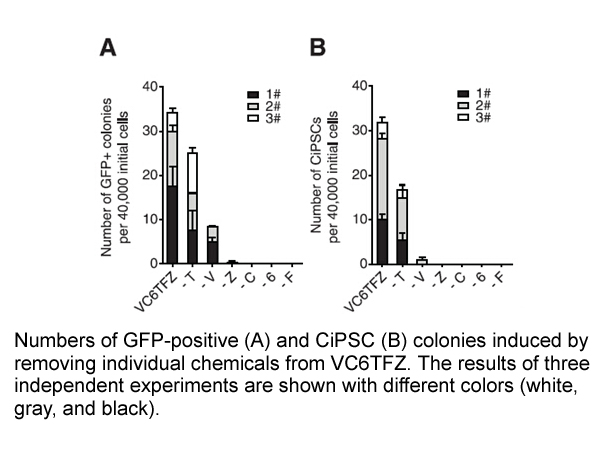
Recent studies have also identified additional proteins that could act as scaffolds and promote the interaction of core Hippo pathway components. APC, which is best known as a key component of the β-catenin destruction complex, was observed in mammalian Actinomycin D receptor to have an additional f
-
The top panel of Fig depicts the average number
2022-07-18

The top panel of Fig. 3 depicts the average number of planaria visible during each observation for all cohorts in the group testing following light exposure. Although there was considerably more variability than in the light-exposure conditions, a t-test showed no significant difference in count bet
-
In human platelets only and isoforms
2022-07-18
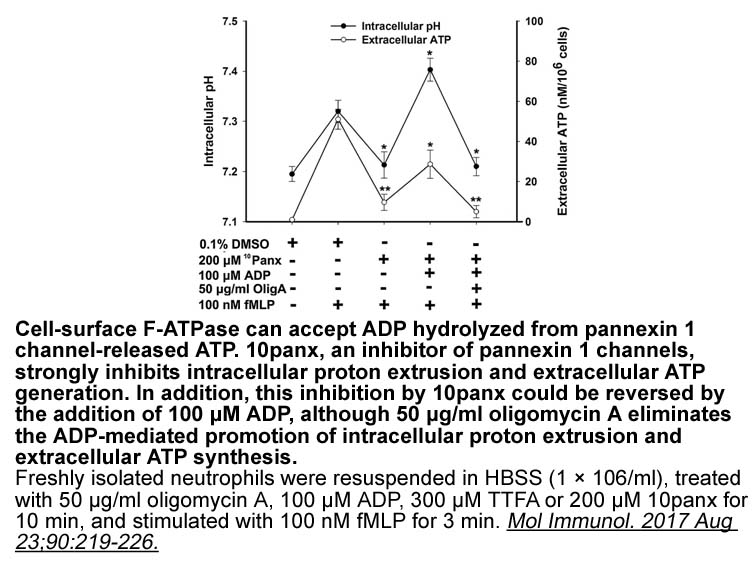
In human platelets, only α1 and β1 isoforms of sGC are expressed in equimolar concentrations (3700 copies for β1, and 3500 copies for α1 per platelet) [57] [62]. sGC, is usually a heterodimer and contains heme as cofactor which is required for high-affinity NO binding and stimulation of its activity
-
br Materials and methods br
2022-07-16
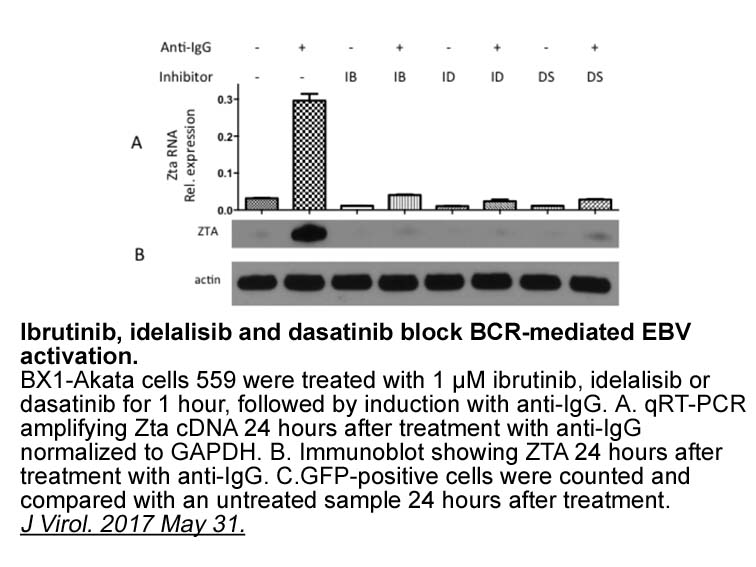
Materials and methods Results Discussion According to the literature, zaprinast is a high-affinity agonist of GPR35 (Berlinguer-Palmini et al., 2013, Divorty et al., 2015, Taniguchi et al., 2006, Zhao et al., 2010). GPR35 Alrestatin mg has been identified within discrete regions of the ner
-
AFB Fapy dG has been
2022-07-16
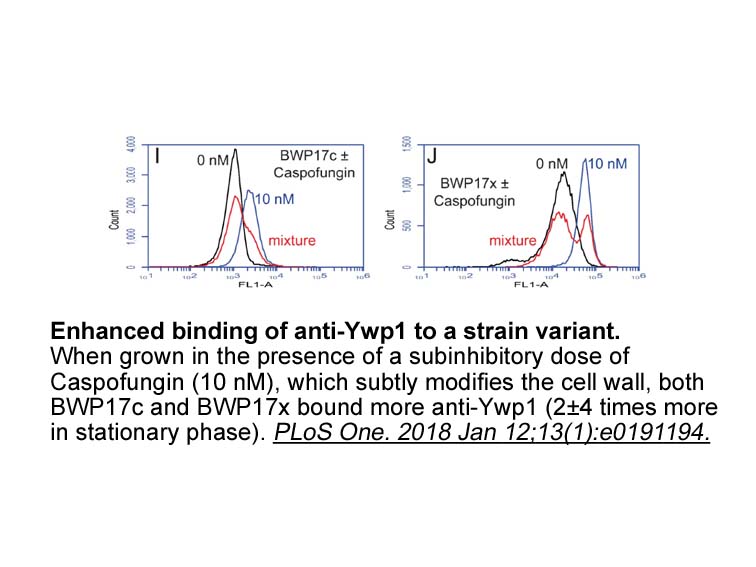
AFB1-Fapy-dG has been long recognized as a substrate for nucleotide excision repair [24,25]. However, we recently demonstrated that this lesion is removed by Raloxifene HCl synthesis excision repair. We showed that DNA glycosylase NEIL1, a member of the Fpg/Nei glycosylase family, could excise AFB1-
-
The caseins are a family of milk phosphoproteins whose
2022-07-16
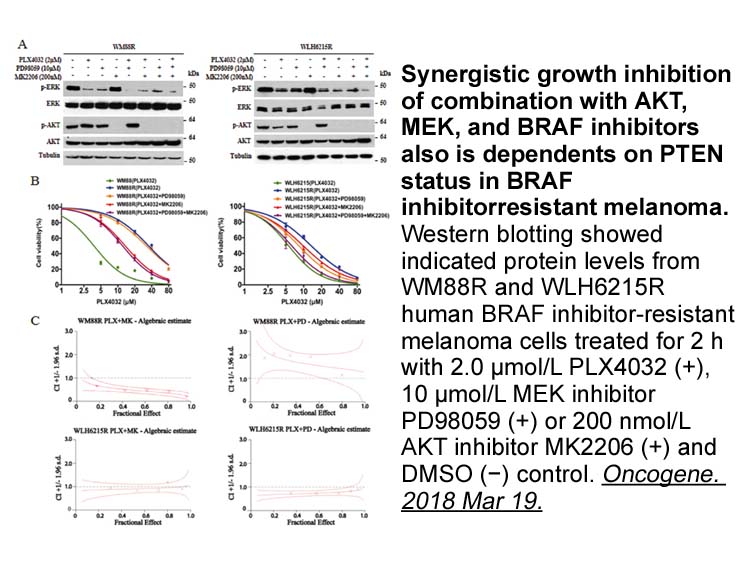
The caseins are a family of milk phosphoproteins whose biological function is to provide supersaturating concentrations of calcium, phosphates, and essential mdm2 inhibitor to the neonate (Vonderhaar and Ziska, 1989). α- and β-caseins, the most abundant of the milk caseins, are described as calcium
-
br Materials and methods br Results br Discussion Prior stud
2022-07-16

Materials and methods Results Discussion Prior studies established that Notch signaling regulates the differentiation of hair cells and supporting cells during inner ear development (reviewed in Kiernan (2013)). Notch signaling is a multistep process that requires the interaction between a
-
Seizures in turn selectively modulate the expression of
2022-07-16
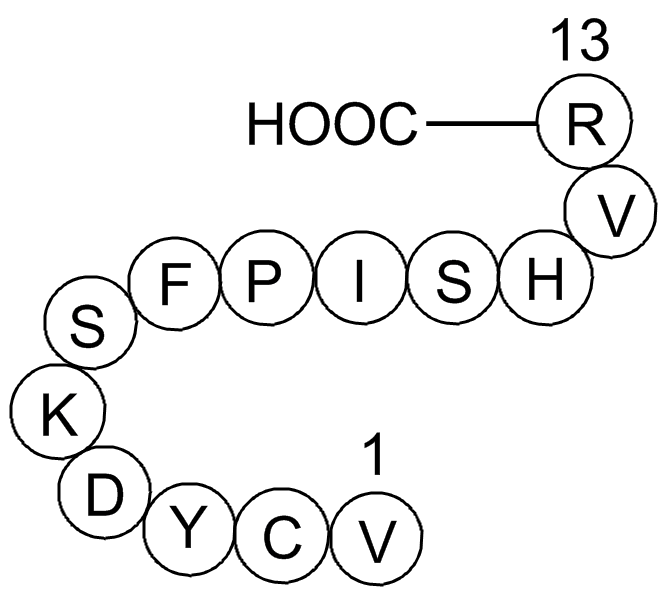
Seizures, in turn, selectively modulate the bromophenol blue of GalR in the hippocampus. Thus, pilocarpine-induced SE led to a 30% downregulation of GalR2 without affecting GalR1 (personal communication with T. Bartfai, Scripps Research Institute). Therefore, despite the fact that GalR2 could have b
-
To investigate the potential molecular mechanism of FXR medi
2022-07-16
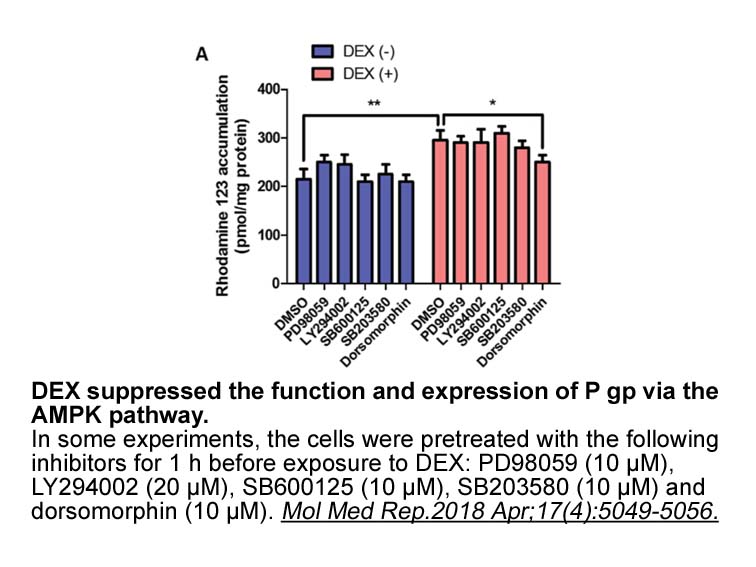
To investigate the potential molecular mechanism of FXR-mediated regulation of liver cancer cell proliferation, gene expression profiles were determined using Agilent arrays in SK-Hep-1-FXR and NC after treatment with the FXR agonist GW4064. The results indicate that mTOR and S6k are involved in div
-
We next determined the selectivity profile of
2022-07-16
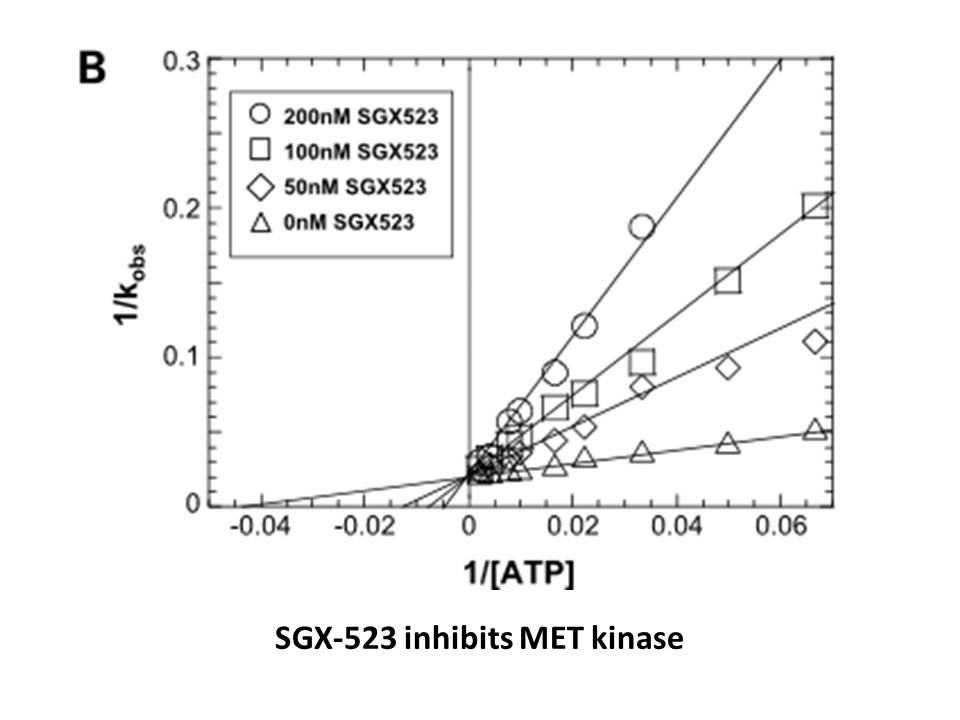
We next determined the selectivity profile of the most potent GPR40 agonists (4k–n) against other free fatty KB SRC 4 receptors (FFA3/GPR41, FFA2/GPR43 and FFA4/GPR120). FFA2 and FFA3 agonists have a preference in binding short-chain fatty acids while FFA1 and FFA4 have a higher affinity to medium-
-
br Materials and methods br Results br Discussion
2022-07-15

Materials and methods Results Discussion Several histamine H3 receptor antagonists have progressed into clinical development for indications including Alzheimer's disease, schizophrenia, pain and narcolepsy. Each of the compounds studied herein has been extensively characterized in its own
-
S/GSK1349572 sale A subsequent modeling study by a different
2022-07-15
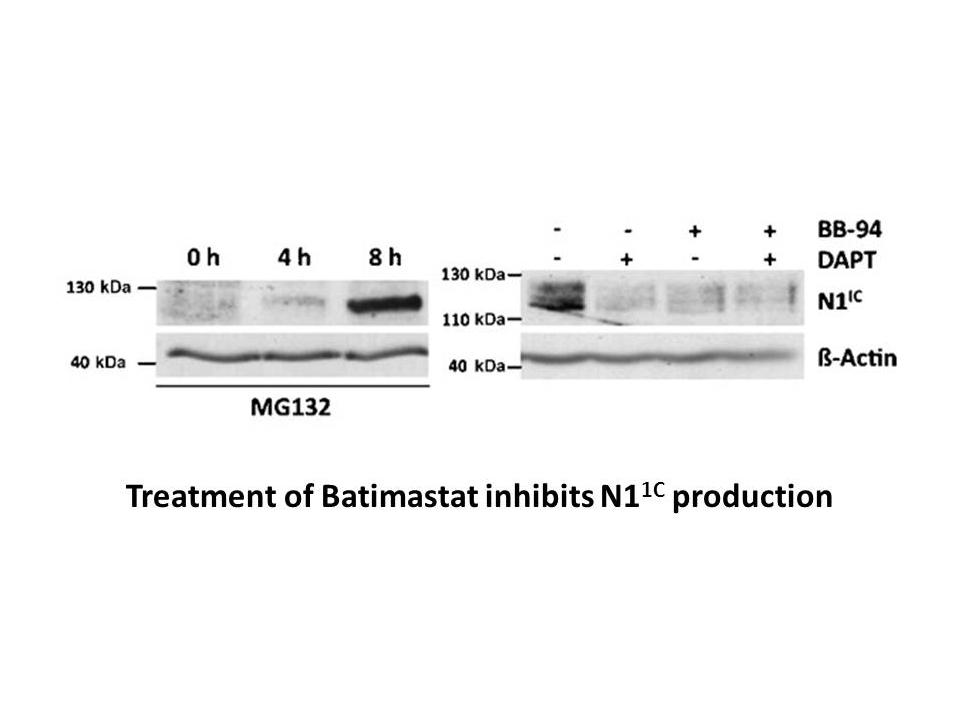
A subsequent modeling study by a different group was based on the bovine rhodopsin homology model using the 1L9H construct [38]. However, the site-directed mutagenesis data and docking suggested that the niacin-binding pocket is different to that described in the aforementioned report, but similar t
-
Resolving the molecular details of glyco proteome variation
2022-07-15

Resolving the molecular details of (glyco)proteome variation in different tissues and organs of the human body is critical for the understanding of human biology and disease [59]. Glycoproteomic analysis of disease-related tissues and cells has provided valuable information to identify promising tar
-
There were significant differences in mRNA expression levels
2022-07-15

There were significant differences in mRNA expression levels observed for 7 out of 15 analyzed genes. This observation suggests, that selection of a reference/control group may influence interpretation of gene expression studies performed in liver pathologies. This study directly evidenced that anal
-
AKR D is very highly
2022-07-14

AKR1D1 is very highly expressed in human liver and based upon the observations outlined above, with respect to other steroid hormone pre-receptor metabolising enzymes, it is entirely plausible that AKR1D1 could represent a critical regulatory step in the control of metabolic phenotype within the liv
15631 records 396/1043 page Previous Next First page 上5页 396397398399400 下5页 Last page